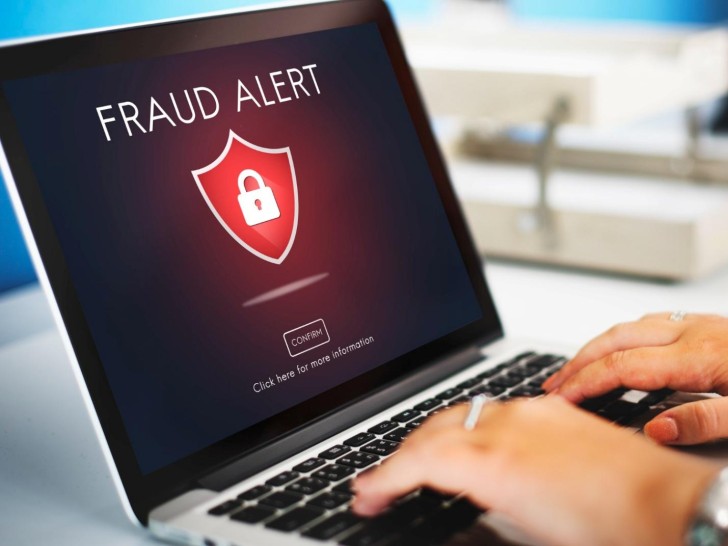With business organizations increasingly moving to cloud computing, remote working, and mobility, the necessity to have a more responsive and robust security approach has never been more needed. It is at this point that Zero Trust Security comes in as a groundbreaking model to the new era enterprise.
Understanding Zero Trust Security
Zero Trust is a cybersecurity model that is based on a rather simple and strong rule never trust, always check. In contrast to the conventional models, which presuppose the safety of everything within a network, Zero Trust presupposes constant authentication and validation of all the users, devices, and applications irrespective of their location or previous access.
This will reduce the attack surface as none of the entities are automatically trusted, regardless of whether it is a part of the internal network of the organization. All access requests should be authenticated, authorized and encrypted, which will enhance the system in terms of overall integrity.
Why Traditional Security Models Fall Short
The traditional methods of perimeter-based security depend on firewalls and network perimeters to keep the threats at bay. As the use of cloud services, remote connections, and third-party integrations are increasing, however, these boundaries have become ambiguous. When an attacker has access into the internal network, he or she is likely to move laterally and infiltrate critical systems without being detected.
Zero Trust removes this risk by presuming that threats could be both internal and external to the network. It changes the emphasis of defense on the perimeter to checking out identities and active monitoring.
Core Principles of the Zero Trust Framework
- Check on a Case-by-Case basis: Authenticate all users and devices with a series of factors that include identity, health of a device, and their location.
- Least Privilege Access: Activate only the access control required by users to carry out their business, eliminating the severity of possible attacks.
- Assume Breach: Pretend that an attacker has entered the system. Such an attitude assists organizations to center on detection, response and containment.
- Segment Networks: Subdivide the network into smaller spaces to narrow down the future lateral movement and secure sensitive information.
- Real-Time Monitoring: Monitor the user activities and network movements in real-time to detect irregularity and unauthorized access attempts.
How Zero Trust Enhances Cyber Resilience
By implementing a Zero Trust framework, organizations can strengthen protection against insider threats, credential theft, and malware infiltration. Continuous authentication ensures that only verified users and devices can access company resources. Additionally, granular access control policies allow security teams to enforce data protection rules more effectively, even across hybrid and multi-cloud environments.
The Role of Web Filtering in Zero Trust
To complement a Zero Trust strategy, organizations can implement web filtering as part of their layered security approach. Web filtering helps control which websites and online resources employees can access, preventing exposure to malicious or non-business-related content. It also plays a key role in blocking phishing sites and malware-hosting domains—enhancing security at the user level.
By combining Web filtering with Zero Trust principles, enterprises can maintain full visibility into user activity, minimize exposure to external threats, and enforce consistent security policies across all endpoints.
Implementing Zero Trust in the Enterprise
Adopting a Zero Trust model is not a one-time project but a continuous process of improvement. Enterprises should start by assessing their current security posture, identifying critical assets, and mapping data flows. Next, they should implement identity and access management (IAM) solutions, network segmentation, and endpoint protection tools.
Regular audits, security awareness training, and the integration of threat intelligence systems are also crucial for maintaining an effective Zero Trust environment.
Conclusion
As enterprises evolve in a digital-first world, cybersecurity must evolve too. Zero Trust Security provides a holistic framework that prioritizes verification, visibility, and vigilance. By eliminating implicit trust and enforcing strict access controls, organizations can significantly reduce the risk of breaches and data loss. When combined with complementary tools like Web filtering, Zero Trust becomes not just a security strategy but a foundation for safer and more resilient enterprise operations.
 Editorial staff
Editorial staff

 Editorial staff
Editorial staff


